⠀⠀⠀⠀⠀⠀⠀⠀⠀⠀⠀⠀
We are currently booking a tour of HEAR EYES MOVE. Dances with Ligeti
– the OPUS KLASSIK nominated piece –
Please contact touring@elisabethschilling.com for more information.
HEAR EYES MOVE
Dances with Ligeti
⠀⠀⠀⠀⠀⠀⠀⠀⠀⠀⠀⠀
CONCEPT
⠀⠀⠀⠀⠀⠀⠀⠀⠀⠀⠀⠀
The Hungarian composer György Ligeti (1923-2006) once described his etudes as “growing organisms”. But how does any organism or system – whether in natures or societies – grow in the first place?
Organisms and systems, the unpredictability of natural phenomena like clouds and the (apparent) predictability of clocks and other mechanical devices, were key inspirations for Ligeti’s Etudes. More generally, however, between the physical, the chemical, and the organic, every living entity still appears as a source of wonder.
Across Ligeti’s work, the wondersome growth of music is a matter of complex interactions and entanglements, where everything depends on something else, where causes have effects. Here, the movements and developments of music are not merely a matter of hearing, but also of sensation, they come to be felt “as a tactile form, as a succession of muscle tensions”. This music is already a dance, a dance where actions are interactions; each step of a dancer, moving with Ligeti, each action of a dancer, dancing with Ligeti, has consequences on individuals as well as on groups. The intricate entanglement of this virtuosic music in dance thus opens up a space for experimentation, a laboratory in which art shows its quality as a site of social negotiation: if I sense this, where will I move – and how will my sensation and my movements impact those of others, and theirs mine? Everywhere, across clocks and clouds, there is recursion.
HEAR EYES MOVE relies on intensive research into György Ligeti’s works and methods and produces an intricate nexus in which Ligeti’s complex music meets Elisabeth Schilling’s choreographies. Music and dance thus begin to grow alongside and into each other, as contiguous forms bringing about a dance-concert and a concert-dance full of captivating multi-sensorial imagery, where no form or medium ultimately dominates the other. Here, too, interdependence is the name of the game, and it is a condition of life. Can you hear your eyes move?
The project is being accompanied by a catalogue with commissioned texts by Jean – François Boukobza, Stephanie Schroedter, Luc Spada, Nathalie Ronvaux and Roísín O’Brien – soon on sale via the website.
⠀⠀⠀⠀⠀⠀⠀⠀⠀⠀⠀⠀
Dates
⠀⠀⠀⠀⠀⠀⠀⠀⠀⠀⠀⠀
27th November 2023 – Goethe Institute Boston, USA (Screening)
21st October 2023 – Dance Live, Music Hall, Aberdeen, Scotland
17th October 2023 – The Byre Theatre, St Andrews, Scotland
7th October 2023 – Echter’Classic Festival, Echternach, Luxembourg
10th – 20th July 2023 – Les Hivernales, Festival d’Avignon, France
18th June 2023 – Harzburger Musiktage, Bad Harzburg, Germany
26th May 2023 – Ludwigsburger Schlossfestspiele, Ludwigsburg, Germany
1st April 2023 – Oster Festival, Innsbruck, Austria
8th September 2022 – Kunstfest Weimar
3rd October 2021 – Moselmusikfestival
Première: 1st & 2nd July 2021 – Grand Théâtre de la Ville de Luxembourg






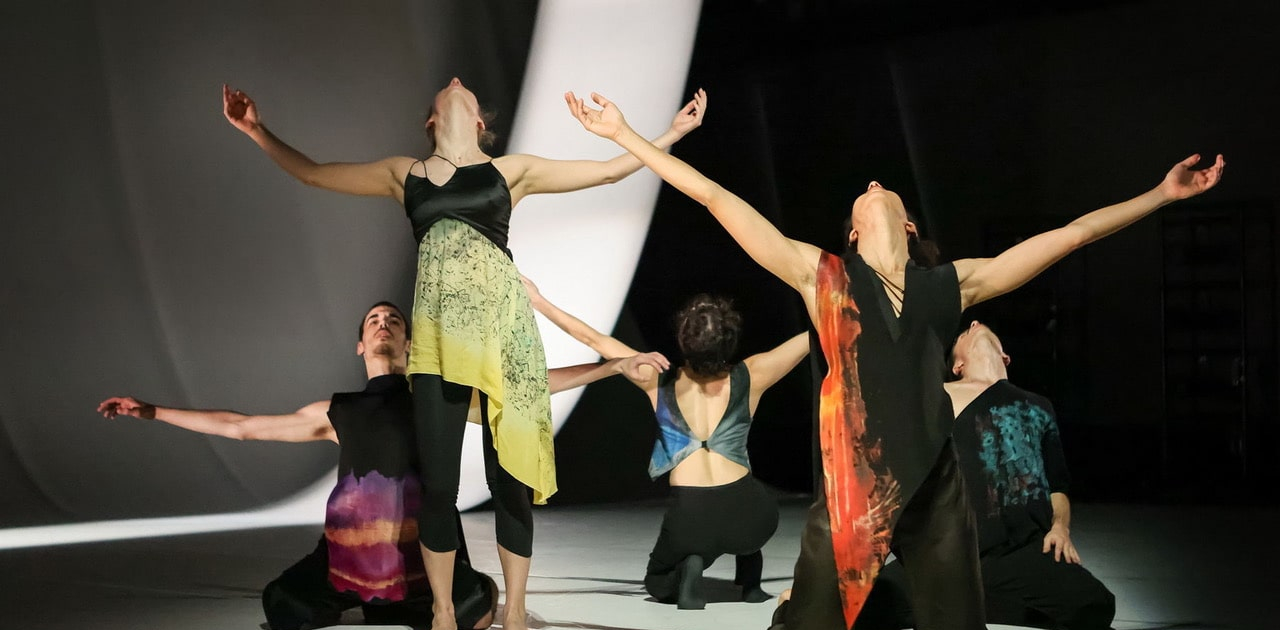








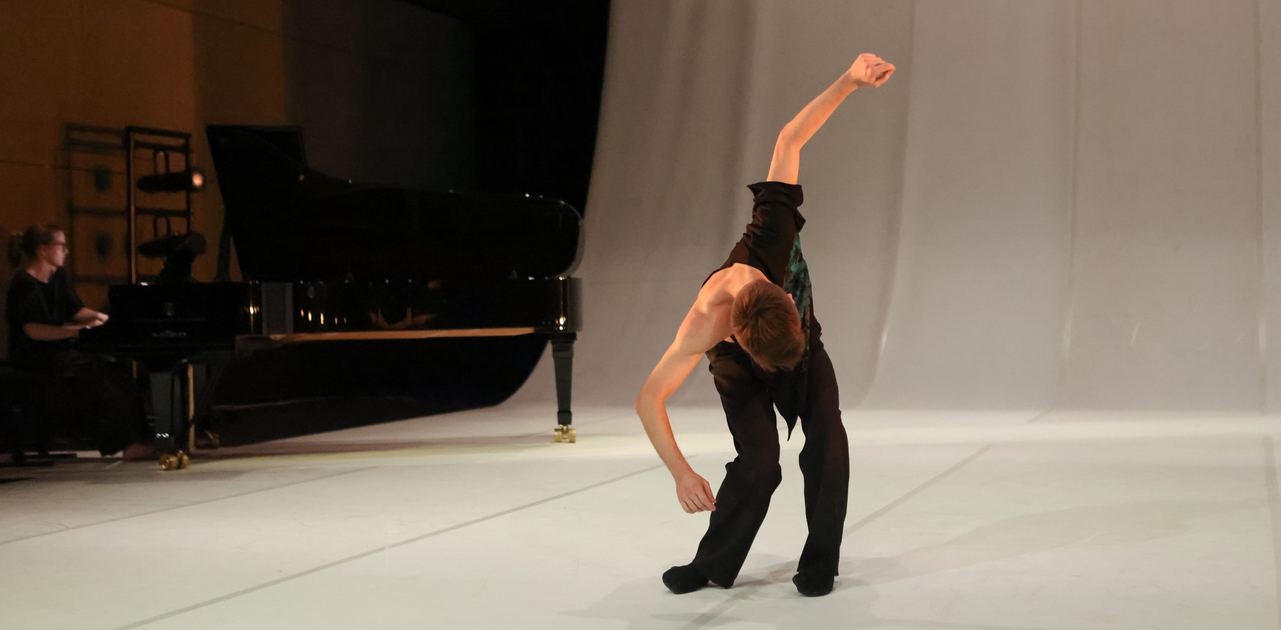























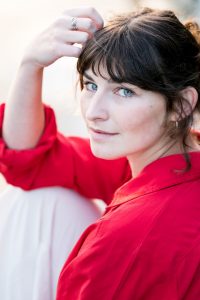








 Lou begann im Alter von 5 Jahren in ihrer Heimatstadt zu tanzen. Im Jahr 2012 schloss sie sich dem Ballet Junior de Genève an, wo sie Werke von renommierten Choreografen wie Andonis Foniadakis oder Hofesh Schechter tanzte. 2016 schloss sie sich dem Kamea Dance Cie in Israel an, wo sie unter anderem Werke des Regisseurs Tamir Ginz, aber auch von Nacho Duato und Marco Goecke tanzte. Seit 2020 ist sie als Gasttänzerin am Grand Théâtre de Genève engagiert und arbeitet seitdem als freischaffende Tänzerin.
Lou begann im Alter von 5 Jahren in ihrer Heimatstadt zu tanzen. Im Jahr 2012 schloss sie sich dem Ballet Junior de Genève an, wo sie Werke von renommierten Choreografen wie Andonis Foniadakis oder Hofesh Schechter tanzte. 2016 schloss sie sich dem Kamea Dance Cie in Israel an, wo sie unter anderem Werke des Regisseurs Tamir Ginz, aber auch von Nacho Duato und Marco Goecke tanzte. Seit 2020 ist sie als Gasttänzerin am Grand Théâtre de Genève engagiert und arbeitet seitdem als freischaffende Tänzerin.
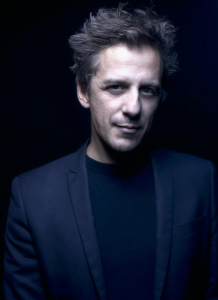
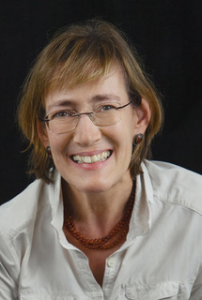
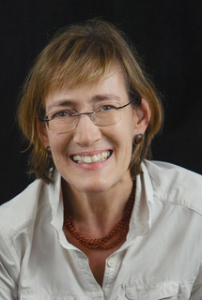
 Johanna Schmitt
Johanna Schmitt Johanna Schmitt
Johanna Schmitt





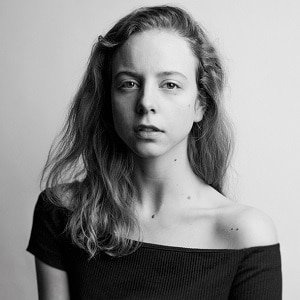







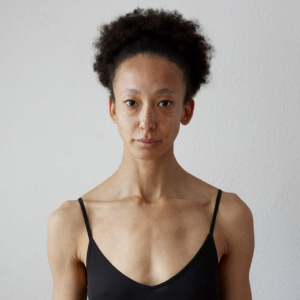


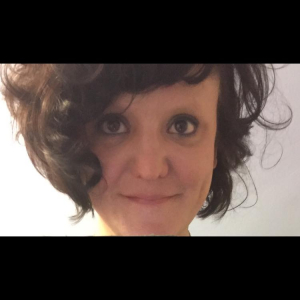



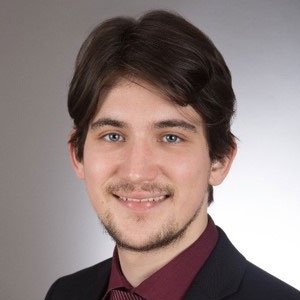


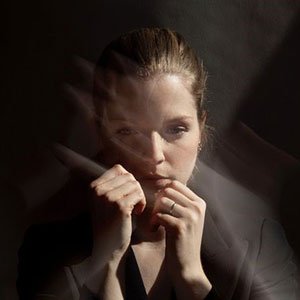








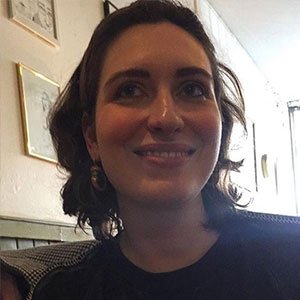


Photography: Bohumil Kostohryz⠀
⠀⠀⠀⠀⠀⠀⠀⠀⠀⠀⠀⠀
‘Elisabeth’s work shows a rare and unfaltering commitment to the poetry of pure movement, and is rooted in a deep understanding of the craft of choreography and musicality.’
Joan Clevillé, director Scottish Dance Theatre
‘Elisabeth Schilling and her company’s work HEAR EYES MOVE. Dances with Ligeti is an incredible testament to the marriage of emotion and intellect. We are asked to engage to every sound, and nuanced gesture so beautifully constructed and crafted that I am still thinking about the cumulative power of the piece.’
Kally Lloyd-Jones – Director, The Byre Theatre
‘We were delighted to present Hear Eyes Move: Dances with Ligeti to the Byre. Elisabeth Schilling has a knack of creating beauty and grace wherever she goes. Although appearing effortless, it is the result of incredible intellectual rigor, combined with a fiercely creative curiosity and a vast heart that freely and generously shares her passion and insight with everyone who works with her. We have been very fortunate to have worked with Elisabeth Schilling on a number of occasions and hope that our relationship continues to bring such stunning work, of outstanding quality, to the Byre Theatre and to audiences in St Andrews for a long time to come.’
Jan McTaggart, Deputy Director, The Byre Theatre
‘A turning point in the young choreographer’s career.’
Grégory Cimatti, Le Quotidien
‘HEAR EYES MOVE is a mammoth project. The choreographer Elisabeth Schilling ventures into the highly complex piano etudes by György Ligeti. Together with pianist Cathy Krier and five dancers, she follows the colours of the tones: a fusion of new music and contemporary dance at eye level.’
Anina Valle Thiele, d’Letzebuerger Land
‘Schilling’s entire very complex and sensitive choreography (…) test dance as a way of representing a good community all over again. This artistic bridge over the trenches of the present perhaps comes at just the right time.’
Helmut Ploebst – Der Standard Wien
‘(The audience) celebrated dancers and pianist with a standing ovation at the end.’
Berit Nachtweyh, Goslarsche Zeitung
‘Music and dance are indeed on an equal footing. Both genres form an almost perfect symbiosis.’
Gabrielle Seil, Revue Magazin
‘From sculptural arrangements to swirling expressions, Elisabeth Christine Holth, Piera Jovic, Cree Barnett Williams, Gonzalo Alonso and Brian Ca show their constantly interrelated figures, eurythmically enriched, an impressive repertoire of pictorial associations.’
Dietholf Zerweck, Ludwigsburger Kreiszeitung
‘The sound and dance experience impresses on a musical as well as the dance level with perfect precision.’
‘They are magical images that (…) exude a moving aesthetic.‘
‘To the sometimes hard tones of Ligeti (…) the dancers float over the stage, sometimes like wind-up dolls, sometimes like birds, do pirouettes or slump and grow out of themselves and over the stage.’
Emma Appel, Luxemburger Wort
‘Hear Eyes Move proves that the meticulous preparation of the project by the choreographer has borne fruit. And how tasty they are!’
‘We can see in this determination, this tenacity, this creativity to adapt to the circumstances, the hallmark of the work of Elisabeth Schilling.‘
‘There is a lot of grace and liveliness in this writing, a substrate of classicism on which contrasting expressions fan out, distinct or flexible, tense or relaxed, adjusted to the millimeter and remarkably executed by a collective in symbiosis with the pianist.’
Marie-Laure Rolland, La Glaneuse
‘I was very impressed by Elisabeth’s fine, poetic and sensitive work. I would never have thought that one could imagine choreographies in such symbiosis with the music. What a wonderful work!’
Jean-Francois Boukobza, musicologist and Ligeti-specialist
‘What was presented in the small excerpt created an enormous appetite for more.’
Eva-Maria Reuther, Trierischer Volksfreund on preview performance at Mosel Musikfestival 2020
‘In general, Elisabeth Schilling’s dance language is the most sensitive fine drawing. The movements of her dancers create lineaments that develop solely from the energy of the music and its temperaments and moods. Lines of movement that take hold of space, unroll, condense into spatial bodies, only to separate again. At times, the outstretched limbs seem like expressionist exclamation marks. In a single gesture, an entire soul seems to be externalised.
Almost surreal, deprived of their physicality, reduced to their sign language, the dancers themselves, like the music, became poignant symbols of an incessant search in the vast, serious church space. At times, the silence of the church combined with the silence of the music in a way that was almost worldly. The dancers made visible not only the emotional explosions and the tender, pensive sound lines of the music, but also the silence within it and the resonance, which are just as significant for the Hungarian composer’s etudes.
It also set a striking example of what art is by its very nature: an expression of freedom, daring and symbolic power. The enthusiastic audience expressed its gratitude with “standing ovations” and prolonged applause.’
Eva-Maria Reuther, Trierischer Volksfreund on performance at Mosel Musikfestival 2021
‘Elisabeth’s work shows a rare and unfaltering commitment to the poetry of pure movement, and is rooted in a deep understanding of the craft of choreography and musicality.’
Joan Clevillé, director Scottish Dance Theatre
‘This is really a surprise! That I like it is a very weak expression. I was thrilled, you gave me a wonderful night. I have only seen it once so far, I will watch it more often, and soon a second time, because I really like the way of dancing, the movement – I don’t know anything about dance, my opinion is that of a child – but I often had the feeling while watching that I now understand what dance is/can do and why it is an art. It really touched me, to the point of heart palpitations.Of course I need to control these sensations, so by all means watch and listen again. Until then thank you, it shook me in a positive sense and that doesn’t happen often when you are over 90. Please tell your fellow artists with my deep thanks.’
Vera Ligeti
‘My mouth stood open from beginning to end.’
Audience member, Bad Harzburg
‘I have so many thoughts – the movements, the connection, the music… it will stay with me for a while,’
Audience member, Bad Harzburg
‘I felt like in labour, at the birth of my first child – an overflooding of sensations, in the best possible sense.’
Audience member, Bad Harzburg
‘I keep thinking about this wonderful evening of your performance and a lot is still stirring in my heart. I really fell into the music and your dance choreography with a ‘bang’ and was so deeply impressed.’
Audience member, Bad Harzburg